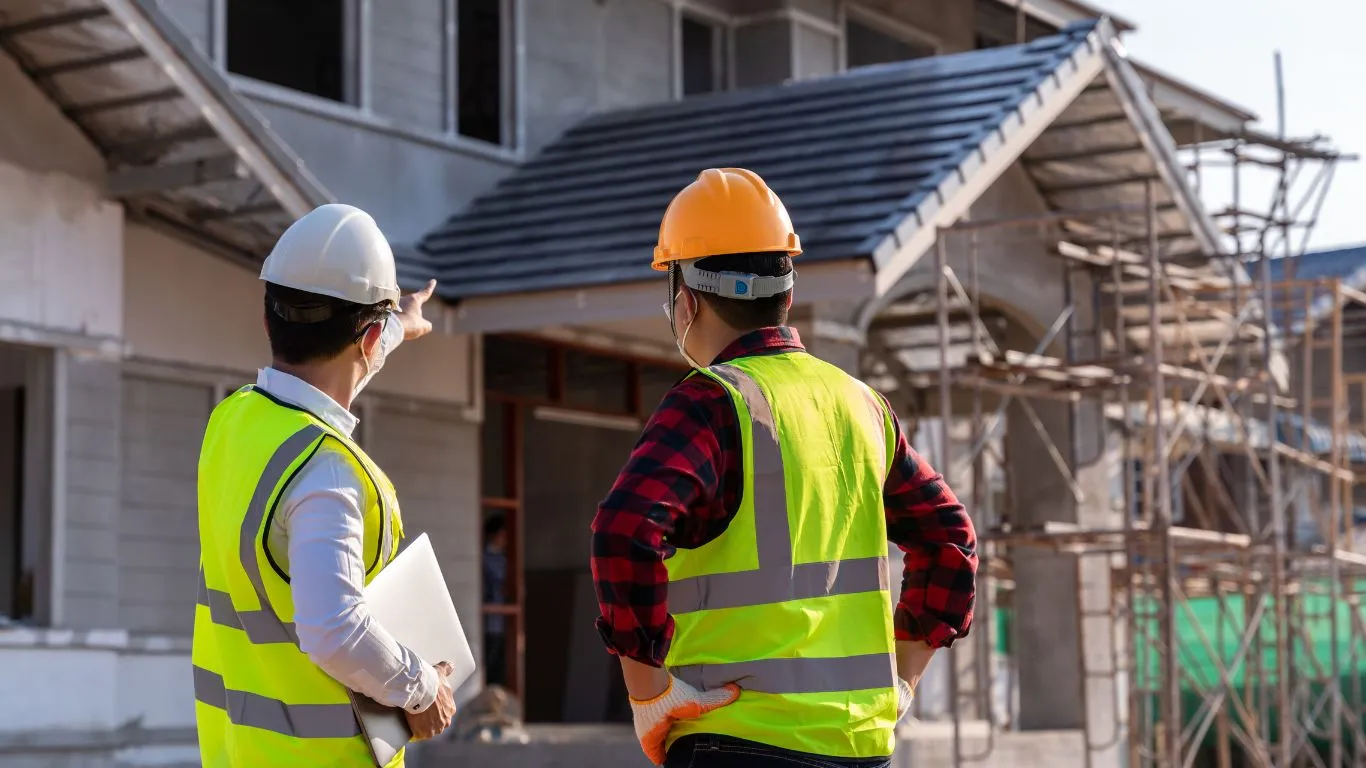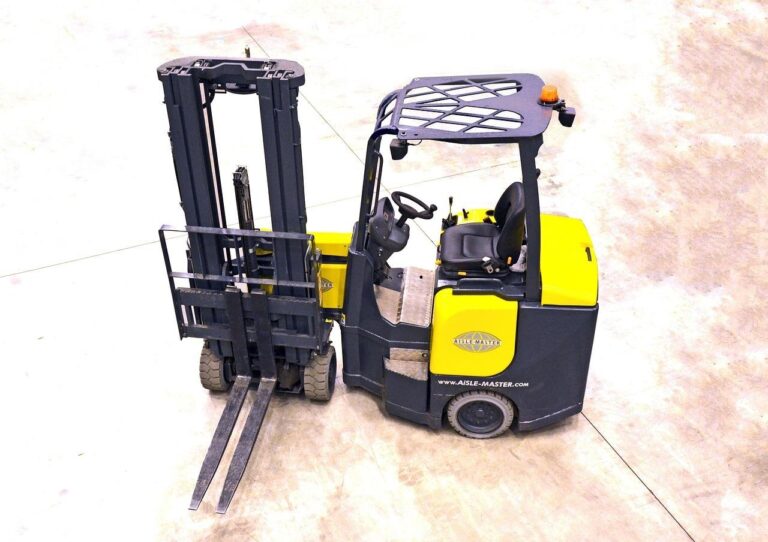How Builders & Construction Impact Urban Development
Urban development is a dynamic process driven by multiple forces that aim to shape the way cities grow, expand, and function. Central to this transformation are builders and construction companies, such as GVD Builders & Construction, who play a pivotal role in determining the physical, social, and economic landscapes of urban environments. The work of these construction professionals is not just about building structures but also about creating the foundation for future urban growth, sustainability, and resilience.
The Role of Builders and Construction in Urban Development
Builders and construction companies have a multifaceted influence on urban development. These companies are responsible for the planning, design, construction, and maintenance of various urban structures, including residential buildings, commercial properties, roads, and public infrastructure. Their work directly influences how cities are organized and how they evolve over time.
1. Shaping Urban Infrastructure
At the heart of urban development is infrastructure. Builders and construction companies like GVD Builders & Construction contribute to the development of key infrastructure such as roads, bridges, sewage systems, and power grids. This infrastructure is crucial for maintaining the daily functions of cities. Properly developed infrastructure allows cities to expand, accommodates growing populations, and ensures that resources are distributed efficiently.
In many cases, construction companies also work to modernize aging infrastructure, ensuring cities remain safe and functional for their inhabitants. By focusing on sustainable and durable materials, they help extend the lifespan of urban infrastructure and contribute to the overall resilience of the city.
2. Creating Livable Spaces
Urban growth often leads to an increase in population density. Builders and construction firms play a major role in providing the physical space required to accommodate this growth. Residential buildings, mixed-use developments, and commercial spaces are all vital to urban expansion. Companies like GVD Builders & Construction are instrumental in designing and constructing high-rise apartments, townhouses, and office complexes that provide people with places to live, work, and interact.
The layout and design of these spaces are also crucial to urban aesthetics and functionality. Thoughtfully designed buildings can enhance the quality of life in a city by promoting safety, convenience, and aesthetic value. Urban planners and architects, often working alongside construction professionals, aim to create spaces that promote social interaction, offer green areas, and are accessible to all residents, making urban areas more livable.
3. Economic Growth and Job Creation
The construction industry is a significant driver of economic growth in cities. Builders and construction companies contribute to job creation by hiring a wide range of workers, from construction laborers and engineers to architects and project managers. These jobs not only help reduce unemployment rates but also provide opportunities for skills development and career growth.
Moreover, the projects carried out by construction firms attract other businesses and investments into the region, further boosting the local economy. Real estate development, for instance, often leads to the creation of retail spaces, restaurants, and other services that support the needs of the growing population, thereby enhancing the economic vibrancy of urban areas.
Sustainable Urban Development and Construction
In recent years, the focus of urban development has shifted towards sustainability. Builders and construction firms, including GVD Builders & Construction, are increasingly required to incorporate eco-friendly building practices into their projects. Sustainability is not just about reducing energy consumption but also about creating urban spaces that minimize the negative impact on the environment.
1. Green Buildings and Eco-Friendly Practices
Green building techniques, such as the use of renewable energy, energy-efficient appliances, and sustainable building materials, are becoming standard practices in construction. Builders are designing structures that reduce waste, conserve water, and promote energy efficiency. These practices are essential in tackling the challenges of climate change and resource depletion.
For example, GVD Builders & Construction might use materials with low environmental impact, incorporate rainwater harvesting systems, and install solar panels to reduce a building’s carbon footprint. These environmentally conscious decisions not only benefit the planet but also result in long-term cost savings for building owners and tenants.
2. Resilient Urban Design
Urban resilience refers to a city’s ability to withstand and recover from adverse events such as natural disasters or economic downturns. Construction firms have a crucial role in making cities more resilient by designing and constructing buildings that can withstand extreme weather events like floods, hurricanes, and earthquakes.
Builders and construction companies are also integral in creating public spaces that can serve as community hubs during times of crisis, such as designated shelters or emergency evacuation routes. As urban areas face increasing threats from climate change and population growth, resilient construction becomes an essential component of urban development.
The Impact of Builders and Construction on Social Equity
Construction is not just about buildings and infrastructure; it also has a profound effect on the social fabric of urban communities. The work of builders and construction companies can shape social relations, create opportunities for marginalized groups, and influence the distribution of wealth in urban areas.
1. Affordable Housing
One of the most pressing issues in many cities today is the lack of affordable housing. Builders and construction firms can help address this challenge by focusing on the development of affordable housing projects. By collaborating with local governments and nonprofits, construction companies like GVD Builders & Construction can create housing that meets the needs of low- and middle-income families.
Building affordable housing is not just about creating physical structures; it’s also about providing access to critical services such as transportation, healthcare, and education. Thoughtful urban planning and construction can help reduce inequality by ensuring that people from all socioeconomic backgrounds have access to safe and affordable homes.
2. Gentrification and Displacement
While urban development can bring positive changes, it can also have negative effects, particularly when it comes to gentrification. Gentrification occurs when wealthier individuals or developers invest in underdeveloped areas, raising property values and displacing long-time residents. Builders and construction companies, including GVD Builders & Construction, play a role in this process by constructing upscale residential and commercial properties in previously affordable neighborhoods.
However, construction companies can also work to mitigate the negative effects of gentrification. By promoting mixed-income housing developments, maintaining affordable units within new developments, and collaborating with local communities, construction firms can help ensure that the benefits of urban development are shared by all residents, not just the affluent.
Challenges Facing Builders and Construction in Urban Development
While builders and construction companies play an essential role in urban development, they also face numerous challenges that can hinder progress. These challenges are particularly evident in fast-growing cities and urban areas undergoing significant transformation.
1. Regulatory and Zoning Issues
Urban development is heavily influenced by local regulations, zoning laws, and building codes. Builders must navigate a complex web of legal and bureaucratic hurdles in order to obtain permits and approvals for their projects. In many cases, the process can be time-consuming and costly, leading to delays and increased project costs.
GVD Builders & Construction, like other firms, must carefully adhere to these regulations to ensure that their projects meet safety standards, environmental requirements, and community expectations. The ability to navigate this regulatory landscape is crucial for the successful completion of any construction project.
2. Rising Construction Costs
The cost of materials, labor, and land continues to rise, posing significant challenges for builders and construction companies. The increasing price of raw materials, such as steel and lumber, can significantly impact the affordability of construction projects. Additionally, labor shortages and rising wages for skilled workers can further drive up costs.
Builders and construction companies are constantly searching for ways to mitigate these rising costs without compromising the quality of their work. In some cases, they may need to adopt new construction technologies or explore innovative financing models to keep projects within budget.
3. Environmental and Social Sustainability
As urban development continues to grow, the need for sustainable construction practices becomes more urgent. Builders and construction companies must balance the demands for urban growth with the need to preserve natural resources and promote social equity. This can be a difficult task, as some construction projects may require the clearing of green spaces or the displacement of existing communities.
By prioritizing sustainable building practices and collaborating with local communities, construction firms can reduce the environmental impact of their projects while also ensuring that their developments meet the needs of diverse urban populations.
The Future of Builders & Construction in Urban Development
The future of urban development will undoubtedly be shaped by builders and construction companies. As cities continue to grow and evolve, construction firms like GVD Builders & Construction will be at the forefront of innovation, creating the buildings, infrastructure, and communities of tomorrow.
The future of urban development will likely include a greater emphasis on sustainable construction practices, smart city technologies, and a renewed focus on social equity. With the right balance of innovation, sustainability, and community engagement, builders and construction professionals can continue to positively impact urban development for years to come.
Conclusion
In conclusion, builders and construction companies are integral to the success and growth of urban environments. Through their work, they provide the infrastructure, housing, and amenities that allow cities to thrive. Their role in shaping urban development is multifaceted, as they not only create physical spaces but also contribute to economic, social, and environmental outcomes. As cities face new challenges, the role of builders and construction professionals will continue to evolve, ensuring that urban development is both sustainable and inclusive.







